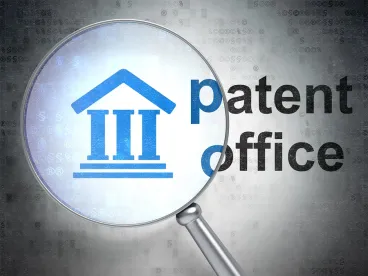Affirming a Patent Trial and Appeal Board (PTAB) final written decision and a district court decision holding patent claims invalid, the US Court of Appeals for the Federal Circuit found that a broad definition in the specification for a claim term precluded a narrower construction of the term. BTG International Limited v. Amneal Pharmaceuticals, LLC, Case No. 19-1147 (Fed. Cir. May 14, 2019) (Wallach, J).
BTG sued Amneal Pharmaceuticals and several other pharmaceutical companies for patent infringement after they filed abbreviated new drug applications to market generic versions of BTG’s abiraterone product, ZYTIGA®. Amneal and several other defendants filed petitions for inter partes review (IPR), seeking to invalidate the asserted claims as obvious. The independent claim of the asserted patent recited “[a] method for the treatment of a prostate cancer . . . comprising administering . . . a therapeutically effective amount of abiraterone acetate . . . and a therapeutically effective amount of prednisone.” BTG argued that the term “treatment” “requires an anti-cancer effect” and does not include palliative/side effect reduction. The PTAB disagreed, finding that the term “treatment” includes palliative/side effect reduction. Because the prior art taught use of prednisone to treat prostate cancer for its palliative/side effect reduction effect, the PTAB found the asserted claims obvious. The district court agreed. BTG appealed both the district court and the PTAB decision.
On appeal, BTG argued that the PTAB and the district court misconstrued the term “treatment,” and that the obviousness finding based on the construction therefore was improper. In viewing the specification, the Federal Circuit noted that BTG referred to a “therapeutic agent” as either “an anti-cancer agent or a steroid.” Since prednisone is a steroid, this advanced the interpretation that prednisone is not necessarily the same as an anti-cancer agent. In other areas, the specification referred to prednisone as an antibiotic that can be an anti-cancer agent. Thus, the Court agreed with the PTAB and district court that the specification identifies prednisone as reducing side effects of drugs (such as abiraterone), as well as having anti-cancer effects. Therefore, the specification shows that “treatment” with prednisone can be manifest either through its anti-cancer effect or other effects. The Court found that “[i]f the patentee intended to limit ‘treating’ and ‘therapeutic agents’ to anti-cancer agents, the patentee neither would have identified steroids separately as an agent for reducing adverse side effects . . . nor described prednisone repeatedly in the specification as a steroid without mentioning any anti-cancer effect.” Given this claim construction and the prior art, the Federal Circuit affirmed patent invalidity based on obviousness.
Practice Note: Choosing broad versus narrow claim construction is a balancing act. While a broad claim construction may be favored to cover as many inventions as possible, overly broad characterization of terms in the specification may prevent later assertions of a narrower construction to avoid invalidity.



 />i
/>i

